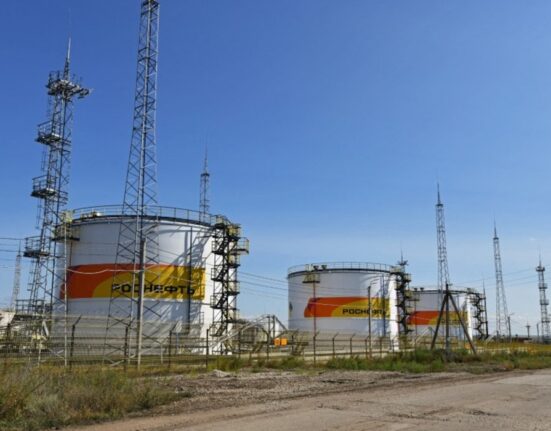Supply chains are complex networks in charge of the manufacturing and international distribution of goods and services. Commodities are efficiently produced, traded, and delivered to meet global demand when these networks run smoothly. However, these systems’ outages may have a significant impact on commodities prices.
Understanding Supply Chain Disruptions
Unexpected events that interfere with the usual flow of goods and services through the supply chain are referred to as supply chain disruptions. Different factors, such as geopolitical conflicts, natural disasters, pandemics, labor strikes, or regulatory changes, might result in these disruptions. These interruptions can damage a chain’s ability to produce, transport, or distribute products, which can cause supply and demand mismatches.
Supply Chain Disruptions and Commodity Prices
Basic items that are interchangeable with other items of the same type are known as commodities and are utilized in business. They consist of both tangible (such as gold, oil, and agricultural products) and intangible (such as natural gas) assets.
The laws of supply and demand are the fundamental factors that control commodity pricing. There are various ways in which supply chain interruptions can directly and significantly affect these prices:
- Increased production costs – Disruptions can lead to increased costs of production. For example, if a natural disaster affects a region rich in a particular resource, the extraction cost of that resource could increase. This can subsequently increase the price of the related commodity.
- Transportation delays – Disruptions can cause significant delays in transporting commodities from producers to consumers. These delays can create temporary shortages, driving prices up.
- Stockpiling and panic buying – In anticipation of supply chain disruptions, businesses and consumers may stockpile commodities, creating artificial demand that can push prices higher.
- Input commodities – Some commodities are inputs to the production of other goods. Disruptions in the supply chain of these input commodities can drive up production costs and, subsequently, the prices of the finished goods.
Recent Examples and Impacts
A current and significant example of supply chain interruptions is the COVID-19 outbreak. Global supply chains were severely impacted by travel restrictions and closures, which resulted in delays, higher costs, and an imbalance in the supply and demand for different goods.
One commodity that has been greatly impacted is oil. Demand for oil fell as lockdown measures were implemented globally, which precipitated a dramatic drop in prices. Contrarily, due to panicky buying and stockpiling, agricultural goods saw price increases.
Mitigating the Effects
Businesses can use tactics including diversifying their supply sources, investing in supply chain visibility and risk management systems, and keeping strategic inventories of essential commodities to reduce the impact of supply chain disruptions on commodity prices. Governments can also contribute by enacting laws to control costs and guarantee that supply chains operate effectively.












